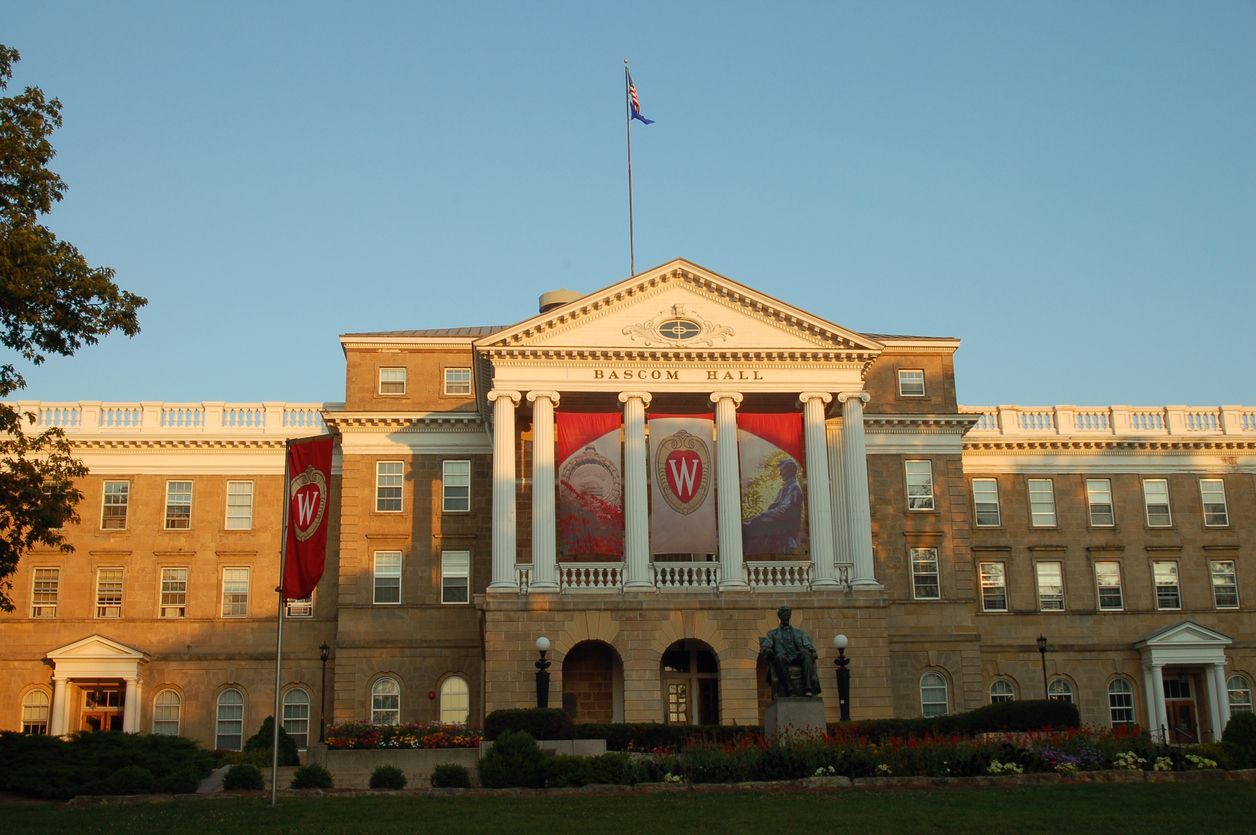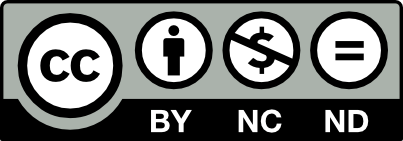This page is licensed under Creative Commons under Attribution 4.0 International. Anyone can share content from this page, with attribution and link to College MatchPoint requested.
How to Write a University of Wisconsin–Madison Essay That Beats the Bot
This year's University of Wisconsin–Madison supplemental prompt asks:
“Tell us why you would like to attend the University of Wisconsin–Madison. In addition, please include why you are interested in studying the major(s) you have selected. If you selected undecided, please describe your areas of possible academic interest.”
You’ve got 650 words. And a big opportunity.

Here’s the truth: AI tools like ChatGPT can write a “pretty good” answer to this prompt. But admissions officers don’t want pretty good. They want real. They want you. And they can absolutely tell the difference between a polished, vague essay and one that carries the weight of a human voice.
Here’s how to write an essay that makes a real person in the Wisconsin admissions office sit up and say, “Let’s admit this one.”
1. Don’t Start With “Why Wisconsin”—Start With You
Before you list out everything you love about UW–Madison, take 20 minutes to reflect. What have been the most meaningful learning moments in your life so far? What fascinates you? What challenges have made you curious or courageous?
Then ask: how do these moments connect to what you want to study—and who you want to become?
A bot can string together facts about Madison’s beautiful lakeside campus, its stellar research, or its school spirit. But only you can tell the story of how your own experiences and dreams connect to this place.
2. Show, Don’t List
An AI essay might say:
“I’m excited to attend UW–Madison because of its world-class faculty, diverse student body, and strong computer science program.”
That’s fine. But it doesn’t show anything about you.
Instead, consider something like:
“I still remember the exact moment I got my first line of code to run. I was 13, sitting in the school library, refreshing the page over and over until a tiny, blinking cursor finally moved across the screen. This sense of discovery is what drew me into computer science—and it’s why I keep returning to the UW-Madison research page on autonomous systems. Dr. Bilge Mutlu’s work on human-robot interaction reads like a field guide to my future.”
This version reveals your curiosity, your memories, and your goals—all in your voice.
3. Find a Real Reason You’re Drawn to Wisconsin
Admissions officers can tell when your reasons could apply to any large public university. What about Madison actually matches your style of learning, living, or growing?
Maybe it’s:
- The intersection of environmental science and policy
- The First Wave program if you’re a creative writer or spoken word artist
- Your family’s roots in Wisconsin, and how you're drawn back
- The vibe you felt when you toured campus—or even a YouTube video that struck you
Anchor your answer in specifics, but make sure those specifics reveal you. Not a brochure version of yourself.
4. Be Undecided (But Not Unclear)
If you're applying undecided, that’s okay. But don’t just say, “I’m not sure what I want to study.” Instead, show your curiosity in action.
For example:
“I don’t know if my future is in neuroscience, sociology, or education policy—but I do know I want to explore how kids learn and grow. I’ve always been the person who volunteers to help younger students in math, even when I don’t have time. At UW–Madison, I’m excited by the opportunity to explore these questions through the School of Education’s Human Development focus and by getting involved with Badger Volunteers.”
5. Let Your Voice Come Through
Read your draft out loud. If it sounds like you, keep going. If it sounds like a Wikipedia entry or a chat bot, revise.
A human voice has quirks. It makes honest admissions. It shows excitement, confusion, or wonder. That’s what admissions officers want.
And remember this: the best essay is not the most perfect. It’s the most personal.


